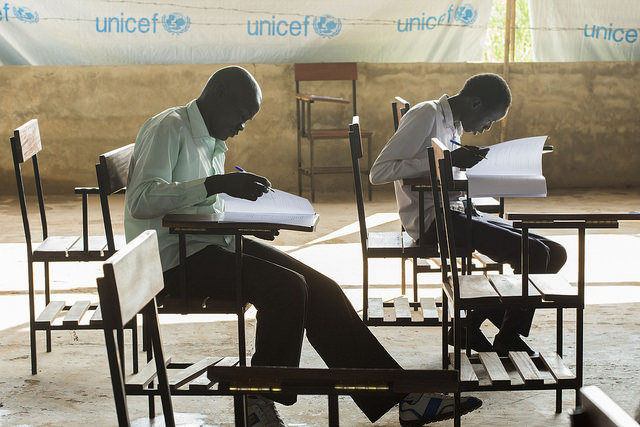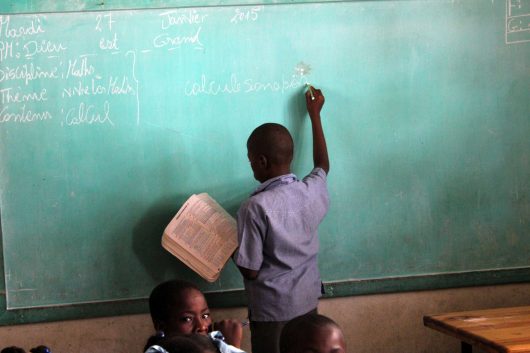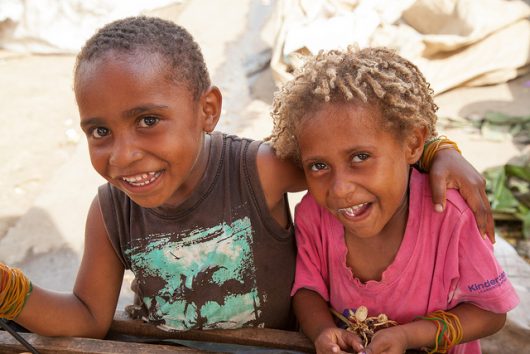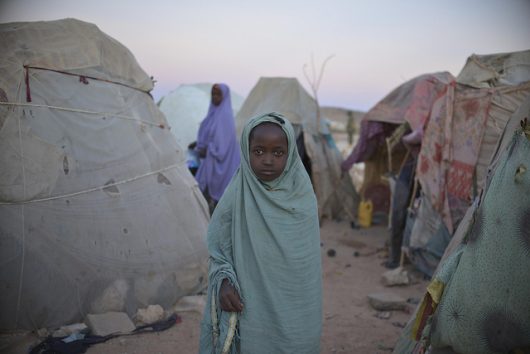
Poverty and learning are often talked about together, mostly because it is agreed upon that education is an avenue out of poverty. On an individual level, education can be the difference between a life below and a life above the poverty line. On a societal level, educating girls is seen as the closest thing to a silver bullet for eradicating poverty. Education can improve food security, improve health standards and improve gender equality. However, poverty impacts education just as much as education impacts poverty; poverty has a direct impact on a child’s ability to learn.
The Relationship Between Poverty and Learning
Poverty affects children on several levels, including physical, social-emotional and cognitive. According to the NIH, “the stresses of poverty lead to impaired learning ability in children from impoverished backgrounds.”
Physical
Children’s ability to concentrate is affected by poor nutrition and poor health. Additionally, prenatal drug use, environmental toxins and long-term exposure to stress and violence can impact physical health and cognitive ability before birth and are more common in low-income households.
Social-Emotional
Children living in poverty often see themselves as victims of a system, lacking their own autonomy or ability to make choices that actually affect their lives. This poor sense of agency affects their focus, initiative and engagement in the classroom.
Cognitive Development
Long-term exposure to stress hormones as a result of living in or near poverty, violence and trauma affects brain development. In particular, children living in poverty exhibit lower executive function (impulse control, emotional regulation, attention management, task prioritization, working memory, etc.) because their energy is focused on basic survival functions.
Limitations of Schools in Low-Income Areas
Schools located in lower-income areas have deficiencies that create their own barriers to learning for students. For example, even when tuition is free, there are other potentially prohibitive costs associated with attendance such as textbooks, school supplies, uniforms and transportation. Coupled with the loss of income from sending a child to school who could otherwise be working, there are distinct economic barriers to sending poorer children to school.
Schools in lower-income areas are also typically overcrowded and have limited resources and infrastructure. There are fewer books and computers to go around, and teachers may be unqualified to teach their subjects or may be burnt out from operating under prolonged resource strain.
Possible Solutions
There are many possible solutions for improving the relationship between poverty and learning. Incentives for qualified teachers to teach in low-income areas could be implemented. Disadvantaged schools could receive better resources and funding. More schools could be built in rural areas and better transportation to schools could be instituted. Funding and implementation for early-childhood programs for identified at-risk students could also go a long way toward improving learning outcomes for students living in poverty.
Education may be one of the keys to reducing and eradicating poverty, but only quality education, tailored to meet the unique needs of poor, malnourished and/or traumatized children will be truly effective in this and break the poverty/education cycle.
– Olivia Bradley
Photo: Flickr
 Two of the
Two of the  The global youth unemployment rate is a concern, especially for global business leaders and nonprofits that advocate for lowering the poverty rate. As of 2016, there were 71 million
The global youth unemployment rate is a concern, especially for global business leaders and nonprofits that advocate for lowering the poverty rate. As of 2016, there were 71 million  There are several nonprofit organizations whose missions are to better education in developing countries so that every student has access to equal opportunities. A lot of these programs include funding for teacher associations to ensure that schools are not just well equipped with supplies, but with qualified teachers as well. The Harvard Graduate School of Education is one university whose graduates are qualified to teach any group of students around the world. Their program teaches the importance of global education and prepares students who have an interest in teaching internationally.
There are several nonprofit organizations whose missions are to better education in developing countries so that every student has access to equal opportunities. A lot of these programs include funding for teacher associations to ensure that schools are not just well equipped with supplies, but with qualified teachers as well. The Harvard Graduate School of Education is one university whose graduates are qualified to teach any group of students around the world. Their program teaches the importance of global education and prepares students who have an interest in teaching internationally. In September 2017, philanthropic organization Dubai Cares celebrated their tenth anniversary. The global nonprofit was founded by Vice President and Prime Minister of the United Arab Emirates and Ruler of Dubai Sheikh Mohammed Bin Rashid Al Maktoum.
In September 2017, philanthropic organization Dubai Cares celebrated their tenth anniversary. The global nonprofit was founded by Vice President and Prime Minister of the United Arab Emirates and Ruler of Dubai Sheikh Mohammed Bin Rashid Al Maktoum. 




